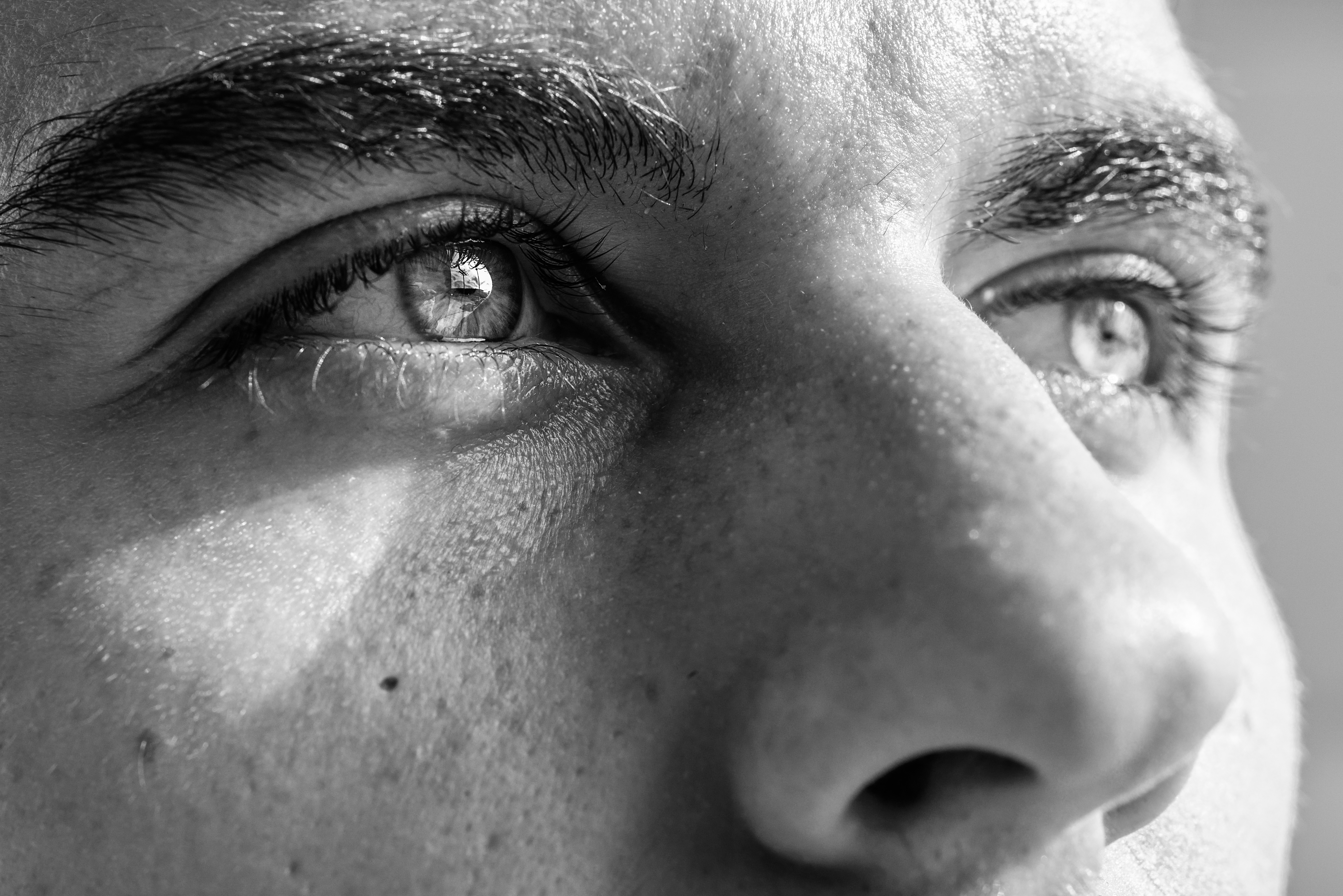Case Report Highlights Acute Central Retinal Vein Occlusion in Scleroderma Patient
Written by |

Researchers in Saudi Arabia at King Fahd Hospital of the University and the University of Dammam reported a case of a male patient with scleroderma who was diagnosed with an acute rare condition called central retinal vein occlusion (CRVO). The study was published in the Saudi Journal of Ophthalmology and is entitled “Presentation of acute central retinal vein occlusion in scleroderma.”
Scleroderma, also known as systemic sclerosis, is a rare, chronic autoimmune disease in which the body’s own immune system attacks healthy tissues, resulting in a hardening and tightening (fibrosis) of the skin and connective tissues. Scleroderma usually affects the skin, but it can also affect internal organs such as the lungs, blood vessels, heart, kidneys and the digestive tract. Patients with this disorder often have increased collagen content in the skin and visceral organs. The disease usually appears in the age range of 35 to 55 years and is 2 to 3 times more common among women than men.
Scleroderma patients often complain of eye problems, especially of dry eyes but also of conjunctiva and eyelid skin abnormalities. However, visual loss as a direct result of the disorder is rare.
In the study, researchers reported a case of an extremely rare complication linked to scleroderma known as CRVO in a 30-year-old man. The patient was diagnosed with scleroderma and two years later he experienced a sudden decrease in vision in the right eye, being diagnosed with CRVO accompanied by tortuous retinal vessels and macular edema (fluid accumulation within the retina that causes swelling and potential visual problems). CRVO is a rare condition affecting 0.8 in 1,000 individuals exhibiting variable degrees of visual loss.
The patient underwent treatment for macular edema with three consecutive injections of Intravitreal bevacizumab (IVB) resulting in an improvement in visual acuity after six months and macular edema resolution without severe complications.
The research team thoroughly analyzed other causes of CRVO besides scleroderma, including diabetes, glaucoma, hypertension, clotting disorders and retinal vascular diseases, but could not find any, concluding that scleroderma was the most likely cause for this patient’s condition. The team suggests that a continuous follow-up of scleroderma patients with abnormal retinal vasculature is essential to avoid further, unnecessary complications.





